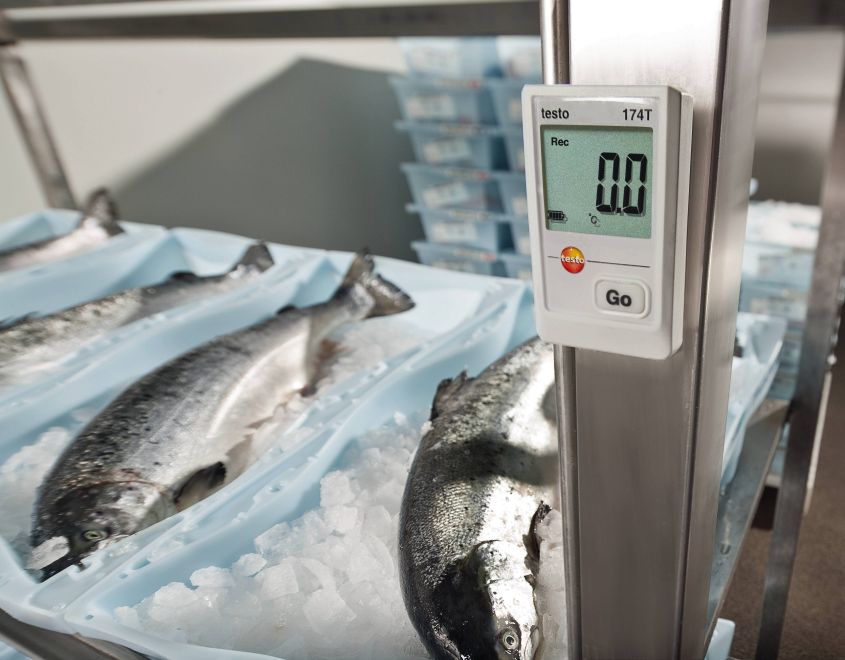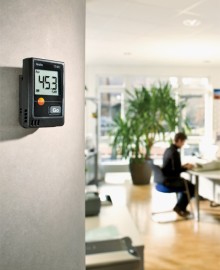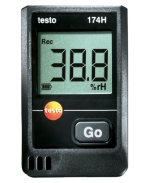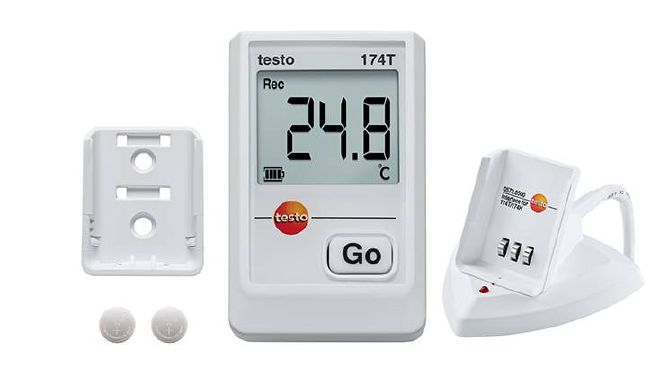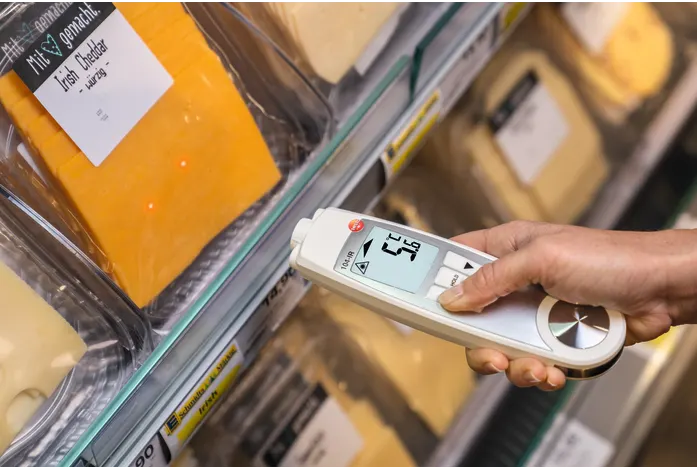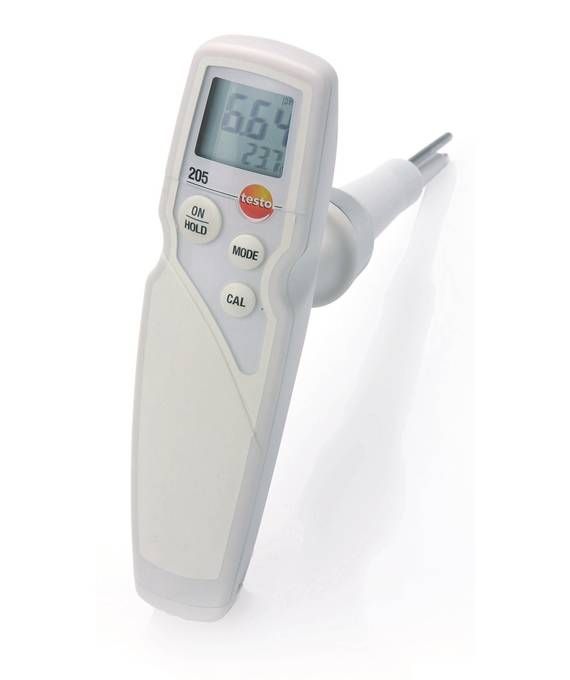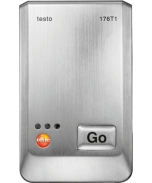Product Description
What does the testo 174T mini temperature data logger offer:
You can save up to 16,000 readings with the Testo 174T temperature data logger. The measurement data you have saved will not be lost even when the battery is empty or being replaced. This ensures a high level of data security. You can easily and quickly read the current temperature measuring values on its large display, along with any possible limit violations. The integrated NTC sensor stands for a high level of accuracy. Its large measuring range, from -30 to +70 °C, and its compact design make the Testo 174T temperature data logger a competent support for virtually every kind of temperature recording.
Programming and analysis with the temperature data logger
You need software for programming and reading your temperature data logger and analyzing measurement data on the PC. We offer three different software versions for you to choose from:
- ComSoft Basic software – available as a free download – enables fast programming of the data logger and easy measurement data analysis.
- ComSoft Professional software – available as an option – offers a variety of possibilities for detailed analysis of measurement results.
- ComSoft CFR 21 Part 11 software – available as an option – can be used for special requirements according to CFR 21 Part 11 in the pharmaceutical sector
PLEASE NOTE: THE 174T REQUIRES A SPECIAL TESTO USB INTERFACE TO OPERATE INSTRUMENT (THIS CONNECTS LOGGER TO PC)
IF THIS IS YOUR FIRST PURCHASE OF A TESTO 174T YOU WILL NEED TO ORDER THE 174T SET FIRST. THE SET INCLUDES 1 DATA LOGGER AND THE USB INTERFACE.

